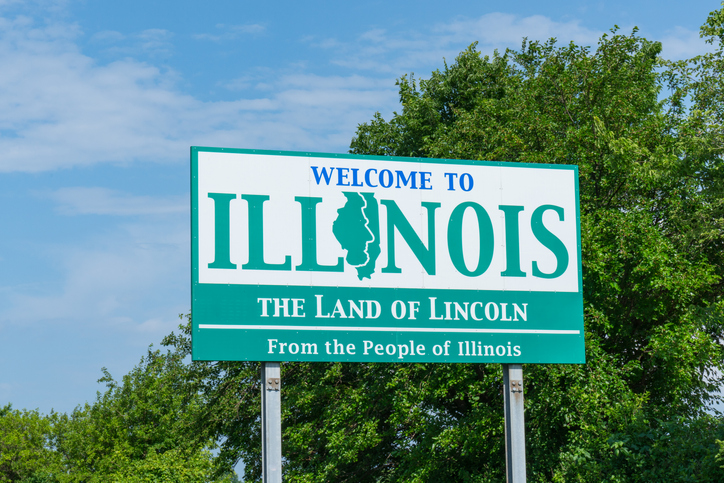CLAIM: A column in Crain’s Chicago by the president of Save Our Illinois Land objects to a proposal to increase the capacity of oil that can be transported through the Dakota Access Pipeline. The objections center on two primary claims:
- The pipeline is inherently unsafe and jeopardizes Illinois residents; and
- The pipeline provides little to no benefit for Illinois as oil is shipped from North Dakota to the Gulf Coast.
RATING:
False
FACT CHECK:
First, the safety issue. The writer cites a 1999 accident at a pipeline in Washington state as proof that pipelines are unsafe. This neglects to acknowledge that:
- Pipeline safety has improved significantly in 20 years. The Dakota Access Pipeline is a state-of-the-art pipeline with a proven track record – not a pipeline from 1999. In fact, the number of releases of oil greater than 500 barrels is down 32 percent since 2011 and in 2015, 65 percent of pipeline incident releases were fewer than five barrels.
- The Dakota Access Pipeline is already in the ground operating safely. Optimization requires no new pipeline construction. 99.999 percent of crude oil and petroleum products delivered by pipeline reach their destination safely.
- Pipelines are significantly safer than other means of transport (such as rail and trucks).
As a Fraser Institute study found:
Both rail and pipelines are quite safe, but pipelines are without a doubt the safest way to transport oil and gas.
In every year from 2003 to 2013, pipelines experienced fewer occurrences per million barrels of oil equivalent transported than did rail. Overall in this period, rail experienced 0.227 occurrences per million barrels of oil equivalent transported compared to 0.049 for pipelines.
This means that rail is more than 4.5 times more likely to experience an occurrence.
Additionally, US Department of Transportation’s Pipeline and Hazardous Materials Safety Administration (PHMSA) concludes that pipelines “enable the safe movement of extraordinary quantities of energy products to industry and consumers, literally fueling our economy and way of life.” The PHMSA also says pipelines are “one of the safest and least costly ways to transport energy products.”
Second, let’s look at the benefit to Illinois.
The Patoka tank farm is registered in Marion County, Illinois. Tax revenues from the facility are collected by the county and then distributed to county entities like school districts, social services, and emergency services – and the revenues are significant:
- Total property taxes generated from Illinois oil & gas reserves: $89.17 million
- Estimated revenues generated for schools in producing counties: $44.5 million
- Total property taxes from oil & gas reserves in top 15 producing counties estimated: $79.02 million
- Estimated revenues generated for schools in top 15 producing counties: $39.5 million.
The Patoka tank farm is a centerpiece for energy security in the Midwest and is responsible for securing the supply chain for millions of barrels of product that are critical to everyday life. Without the Patoka tank farm in Illinois, the Midwest would struggle to accumulate, process, and distribute energy resources to the millions of homes in the region.
The state’s energy industry support thousands of well-paying jobs for Illinoisans. Additionally, infrastructure projects like the Patoka, Illinois tank farm are welcome employment opportunities for skilled workers throughout Illinois, which comprise nearly 14 percent of the state’s workforce.
Optimization of the Dakota Access Pipeline can help secure Illinois’ energy future for decades to come.

